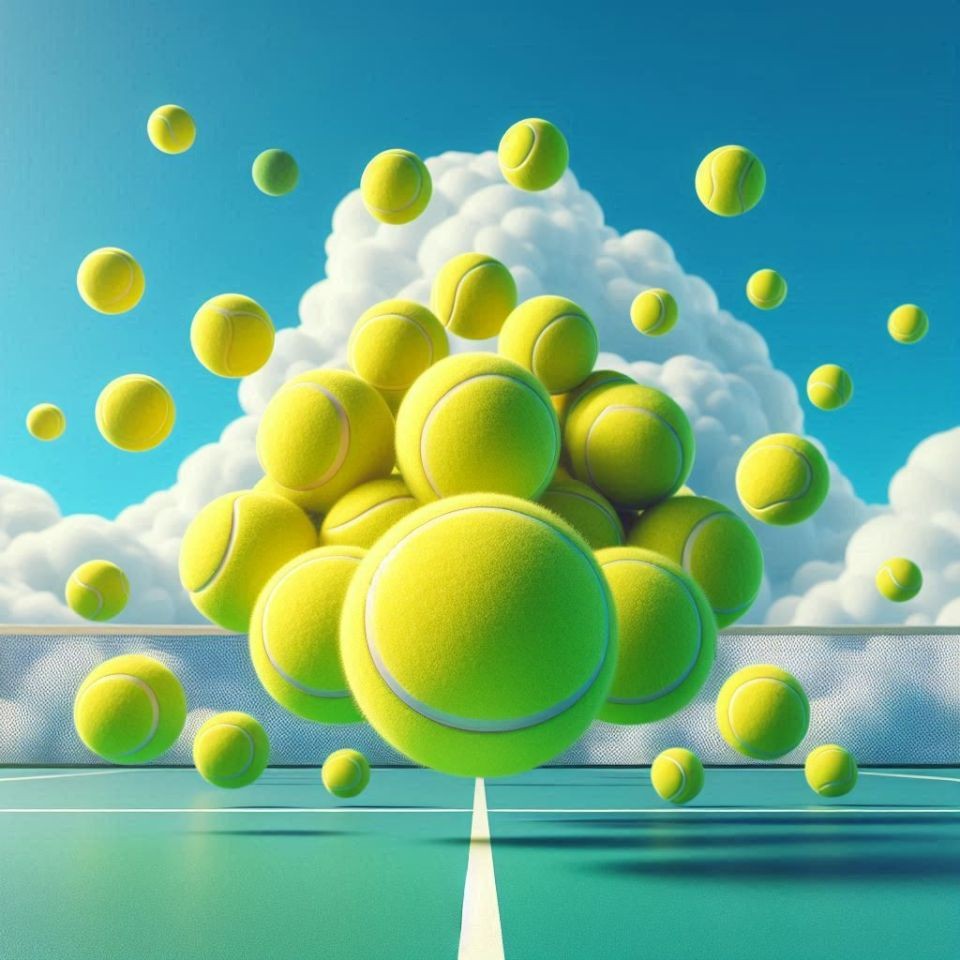Tennis balls undergo a detailed manufacturing process that involves several stages to ensure they meet the necessary standards for play. Here's a step-by-step overview of how tennis balls are made:
1. Raw Materials- Rubber: The primary material for the ball's core. High-quality natural rubber and synthetic rubber are used.
- Felt: Made from a mix of wool and nylon, the felt covering provides the ball with its texture and durability.
- Adhesives: Various adhesives are used to bond the components together.
- Mixing: Natural and synthetic rubber are mixed with other chemicals and compounds to form a dough-like consistency.
- Shaping: The rubber mixture is shaped into a long cylinder and then cut into smaller pieces, each the size of a tennis ball core.
- Molding: These small pieces are placed into molds and heated under pressure to form two half-shells.
- Vulcanization: The half-shells are partially cured through a process called vulcanization, which involves heating the rubber to increase its strength and elasticity.
- Joining Halves: The two half-shells are joined together and pressurized air is inserted before sealing them. The complete ball cores are then fully vulcanized to ensure they are bonded securely.
- Cutting Felt: The felt material is cut into two shapes: dumbbell-shaped pieces, which will cover the entire surface of the ball.
- Adhesion: Adhesive is applied to the rubber cores, and the felt pieces are wrapped around the core, ensuring full coverage.
- Pressing: The felt-covered balls are then placed in a press, which heats them to bond the felt to the rubber core securely.
- Final Heat Treatment: The balls undergo a final heat treatment to ensure that the adhesive fully bonds and the felt becomes an integral part of the ball.
- Inspection: Each ball is inspected for defects such as irregular seams, improper bonding, or air leaks.
- Testing: Balls are tested for bounce, weight, and size to ensure they meet official specifications.
- Branding: The manufacturer's logo and any other necessary markings are printed on the balls.
- Packaging: The balls are then packaged, typically in pressurized cans or boxes, to maintain their quality and pressure until they are ready to be used.
- Pressure: Tennis balls are pressurized, which is critical for their performance. This is why they are packaged in pressurized cans.
- Bounce Test: A crucial part of quality control is the bounce test to ensure the ball performs consistently.
- Durability: The felt cover is designed to withstand the rigors of play, providing durability and a good grip for players.
By understanding this detailed manufacturing process, one can appreciate the complexity and precision involved in producing high-quality tennis balls that meet the standards for professional and recreational play.
